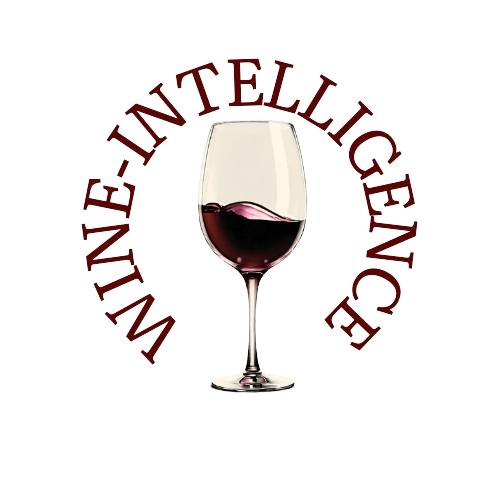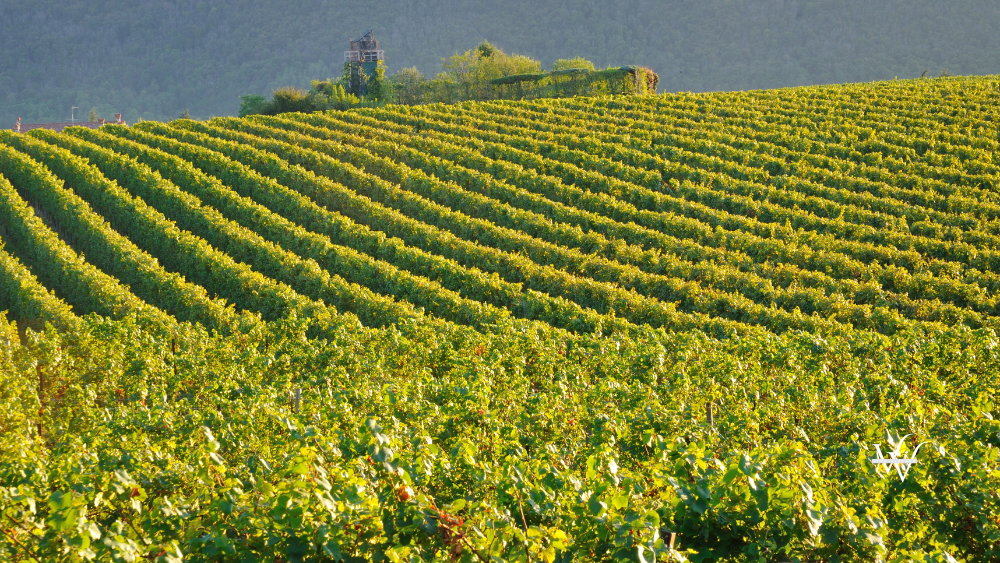Franciacorta, a historical region nestled in the Province of Brescia, Lombardy, has become synonymous with Italy’s most prestigious sparkling wines.
The name “Franciacorta” first appeared in 1277 and stems from “corti franche”, or “free courts”—medieval villages once exempt from taxes. Yet, the region's winemaking roots dig much deeper, with archaeological evidence of viticulture dating back to prehistoric times and classical references from Pliny the Elder, Columella, and Virgil.
Despite this rich heritage, the modern era of Franciacorta wine began only in the 1960s, when pioneering wineries established themselves and redefined the region's winemaking potential. The late 1970s marked a turning point: Italian oenology underwent a renaissance, and Franciacorta emerged as a hotspot for innovation. Entrepreneurs from Brescia and surrounding areas invested heavily in vineyards, laying the foundation for what would soon become Italy’s sparkling wine benchmark.
By 1995, Franciacorta was awarded DOCG status for its bottle-fermented sparkling wines—the first in Italy to receive this honor. Today, the region encompasses just over 2,000 hectares of vineyards. Its growth, rapid in the early 2000s, has since slowed as the local consortium prioritizes quality and sustainable expansion over mass production.
Franciacorta wines are crafted using the Metodo Classico (traditional method), identical to Champagne in its technique but distinct in style. The permitted grape varieties include Chardonnay, Pinot Noir, and up to 50% Pinot Blanc—setting Franciacorta apart from Champagne, which instead uses Pinot Meunier. Franciacorta sparkling wines are known for their elegance, fine mousse, and creamy texture. They often feature notes of brioche, almond biscuits, ripe peach, and exotic fruits, creating a warmer, fruitier profile compared to Champagne’s typical minerality and brisk acidity.
Key styles include:
- Franciacorta DOCG: The classic version.
- Franciacorta Satèn: Made without Pinot Noir and with lower bottle pressure (max. 5 bar), resulting in a softer, creamier mouthfeel.
- Franciacorta Rosé: Requires at least 35% Pinot Noir.
- Millesimato: Vintage Franciacorta, aged for a minimum of 30 months.
- Riserva: Top-tier expressions aged for at least 60 months.
Enotourism has flourished in the region, thanks to the creation of the Strada del Vino Franciacorta (Franciacorta Wine Route) in 2001. Over 100 wineries now welcome visitors, many of which are housed in historic villas and estates, offering guided tours, tastings, and insight into the artistry behind each bottle.
The region’s unique terroir—tempered by the cooling influence of Lake Iseo and rich in glacial soils—coupled with its artisanal dedication to quality, ensures that Franciacorta stands shoulder to shoulder with the world’s finest sparkling wines. While comparisons with Champagne are inevitable, Franciacorta confidently offers a distinct Italian interpretation: refined, expressive, and undeniably elegant.

